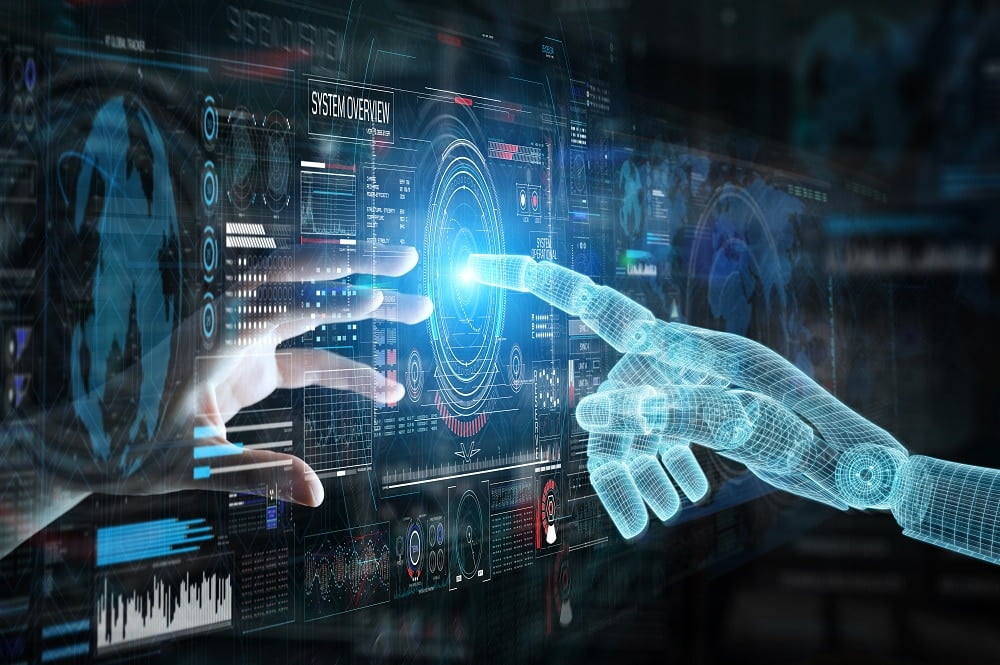Are you interested in the value and challenges of using Artificial Intelligence in production? Then read on the interview with Nick Schermer and our partner ORTEC’s Kasper Groenbroek. Significant gains can be made by using artificial intelligence in industrial automation to optimize your production processes. But, how does that work, what is the added value, and does it have consequences for the maintenance sector?
Nick Schermer is a project and account manager at CoNet, a specialist in process optimization and system integrator. Kasper Groenbroek works as a solution architect at ORTEC, the world’s largest supplier of mathematical optimization software and advanced analytics. Both companies are working together on two projects to achieve the above goal. In the Netherlands at a dairy company that produces protein powder, and in Poland at a branch of an international producer of personal care products.
What kind of projects are we talking about?
Schermer: “In the industrial automation sector, CoNet usually gets two types of questions from customers. The dairy company has a process control that is too complex to calculate the cycle within the PLC time, meaning we needed to find a solution. We started brainstorming about improvements. We decided to send the current process values to a model, which performs the calculation and returns the new setpoints back to the controller. ORTEC was responsible for the intelligence in the Smart controller, which operates on the outside. At the project in Poland, there was nothing to improve on regulating the setpoints. They take a sample of the product to check at the laboratory to see whether it meets all the requirements during the process. Is the viscosity good, are the color and the smell good, etc.? We provided a model to calculate and determine with great accuracy whether the product is within specification. The process runs automatically, and therefore it is no longer necessary for the laboratory to check this continuously. It gives them more time to concentrate on other tasks.
Groenbroek: “In both cases, it concerns existing production processes. Together we make those processes smarter by, for example, shortening the duration, which has a lot of value for the process owners. In Poland, it was about a certain viscosity. Viscosity measuring is difficult. Laboratory analysis of the product yields a viscosity number. We can use all kinds of sensors in the production process (for example, pressure, temperature, and all kinds of other measurements) to predict what the viscosity is. A computer model can do this much faster than a manual approach”.
Does this mean that the laboratory can be closed down?
Schermer: “No, the model also calculates the probability of how well it estimates the value. This value lies close to the margins, they might as well still get a laboratory sample analyzed. If they are in the middle of the measurement area, they can continue as usual. In addition, they continue to take samples and enter them into the system. During this process, they are supported by machine learning. The model then knows when which process values were measured and what the outcome was of the various laboratory samples”.
Groenbroek: “And the operator sometimes changes something in the process or introduces a new product. Such a model knows little about that. Do you want proof that the model is also good for that new product, then you will still have to do laboratory work”?

What else does AI bring us?
Groenbroek: “Artificial Intelligence is a popular umbrella term that catches on quickly, but because of that, it also loses meaning. It is the field of mathematicians, econometricians, programmers, and people who study AI to build calculation models and package them in one piece of software to support decisions and process optimization—solving puzzles that humans can’t solve—dealing smartly with uncertainties. This is its added value. For example, we are known for our timetable planning and route calculations. Particularly difficult puzzles where AI is very valuable. Within manufacturing, there is also a lot of room for process improvement with AI. We are exploring that together with CoNet. The examples mentioned are now success stories”.
Schermer: “The industry has held off for a long time. Companies used to do something, only with ORTEC, for example. That leads to a model, but that does not work optimally because it does not flawlessly integrate into the installations. For that, you need the specific knowledge of a system integrator to design the interfaces build.”
Groenbroek: “That’s right, we just have less domain knowledge. If you put me next to an operator, I have less connection than someone from CoNet”.
How does a model’s ‘self-learning’ work?
Groenbroek: “Most are familiar with the trendline in Excel. “Learning” in this context is being able to estimate that trendline. To make a prediction, choose a number on the x-axis and read the corresponding height of the y-axis. As soon as new data is known, the trendline will be displayed again and calculated. A system in which that trick is automated is a self-learning system. In our work, we no longer use the trendline from Excel but more powerful technologies such as decision trees and neural networks. They can better deal with complex relationships and larger amounts of data, but the basic principles are the same. In the example of viscosity, the model learned from historical data on pressure, temperature, etc., and associated the data with laboratory results. I then give new data, and this allows the model to predict the viscosity. There are a lot of choices of technologies for setting up such a model, but also for validation. Is the model accurate? We also adjust such a model to make it a little better every time. In theory, you could make the adjustments endlessly, but, of course, the customer would not agree. The trick is to achieve a good result in a short period of time”.

How much time do these kinds of projects take?
Schermer: “Think to 2-3 months. Collecting data always takes more time than a customer thinks. Usually, the data from processes is well logged. If there is an important parameter and there is not enough history of it yet, you have to wait until it has been built up. To validate a model, you often have laboratory data, or other data analysis is required. That often runs at a different time than the logging data. And the search that ensures it takes time. For the model to learn itself, it can draw from a data source. So we need to have a centrally available data flow. And you also have to check again whether the self-learning still meets the requirements”.
Groenbroek: “We are talking about software that is partly customized. History has shown us that it is smart by starting with a small amount of data and scaling it up iteratively, which makes it more complex. First, see if you can help a customer on a small scale and then try to make it even smarter in small steps. What Nick described is also starting to get a name. New arising fields of expertise. Making data available and that continuous streaming nowadays falls under ‘Data Engineering’. Keeping an eye on models and additional training for new product types is a task for MLOps, Machine Learning Operations”.
Is this only meant for large companies?
Schermer: “Maybe, but smaller companies can also do this, of course, although there is a price tag. We do not work continuously on it for three months, but within that period for about 300-400 hours. Once it runs, the costs can sometimes be earned back within a month through the process optimization”.

What can the maintenance sector do with it?
Groenbroek: “It quickly ends up in the corner of predictive maintenance. Like in existing production processes, the maintenance world is also somewhat reluctant to apply these newer technologies. Maintenance is often seen as a necessary evil, not the place where money is made. It’s easier to talk about what can produce faster and what is smarter than actually talking about predictive maintenance. We are not very successful there yet, although we do have the knowledge and skills to carry out projects in this area”.
Schermer: “Nevertheless, it is secretly already a bit in the systems. In Poland, for example, we calculate with pump pressure and motor power. With this, we can also include pump wear, for example. It’s possible to predict with the model when a pump needs to be replaced. This could be used in the future for maintenance. I’m already in conversation with a customer who supplies machines all over the world. That customer wants to collect all machine data. We will send them back into the cloud and have a system to compare all the data from these machines. In the near future, we would like to have calculation models to check the performance of every second of a device performance compared to the standard. With the goal that we could optimize the spare parts department”.
If you want to know more about CoNet and our services, please contact us at sales@conet.nl.
© This article has been translated from the Dutch language. If you would like to read the full interview in the original language, please follow the original article from ‘Vakblad Asset Management’ here.
